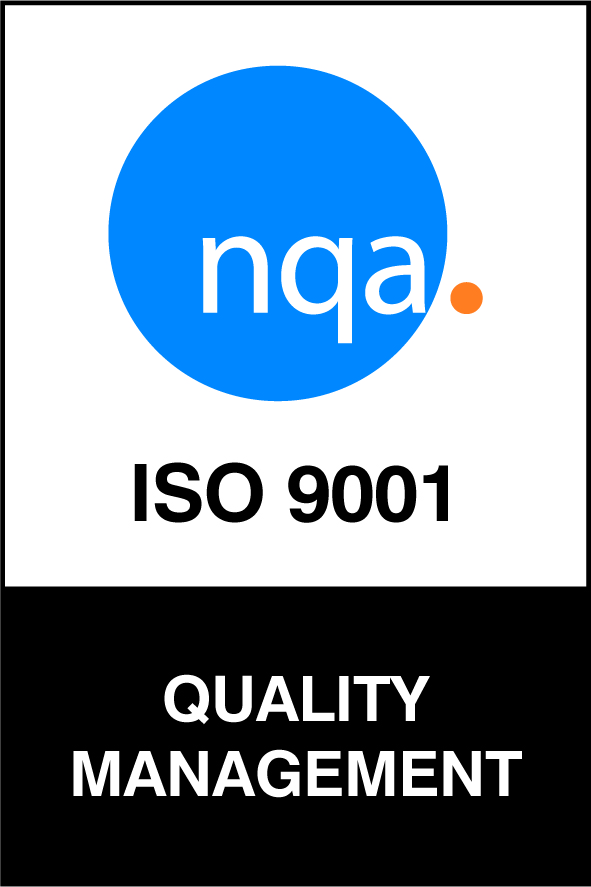O-Ring Material Comparison Guide
O-ring material selection is critically important for the success of your application. The o-ring material comparison chart below offers a quick reference of o-ring material performance.
Marco Rubber is the world's largest o-ring inventory network and leverages direct purchasing power to offer the lowest o-ring prices. Find the o-ring material you need and order online today for fast shipping and reliable service.
Popular O-Ring Material Comparison
| Compound # | Datasheet | Base Material | Color | Hardness (Shore A) | High Temp °F (°C) | Low Temp °F (°C) | Steam < 300 °F | Steam < 400 °F | Compression Set | Chemical & Solvents | Sunlight, Ozone, UV | Wear Abrasion | Permeation Vacuum | Petroleum Oils & Hydraulics | Fuels & Gas | Brake Fluids | Features |
|---|---|---|---|---|---|---|---|---|---|---|---|---|---|---|---|---|---|
B1000 | BUNA-N (NBR) Nitrile | Black | 70 | 250 (121) | -30 (-34) | Poor | Poor | Good | Poor | Poor | Good | Good | Great | Good | Poor | Lowest cost highest inventory general purpose commodity NBR compound(available in nearly any color and durometer) | |
B1001 | BUNA-N (NBR) Nitrile | Black | 90 | 250 (121) | -30 (-34) | Poor | Poor | Good | Poor | Poor | Good | Good | Good | Good | Poor | General purpose NBR, higher pressure applications | |
B1002 | BUNA-N (NBR) Nitrile | Black | 70 | 250 (121) | -30 (-34) | Poor | Poor | Good | Poor | Poor | Good | Good | Good | Good | Poor | FDA Compliant NBR per 21 CFR 177.2600 for food contact and some medical uses | |
B1006 | BUNA-N (NBR) Nitrile | Black | 50 | 250 (121) | -30 (-34) | Poor | Poor | Fair | Poor | Poor | Good | Good | Good | Good | Poor | General purpose softer than standard NBR to help seal rough or warped glands and or lower closure force applications | |
B1083 | BUNA-N (NBR) Nitrile | Black | 70 | 275 (135) | -65 (-54) | Poor | Poor | Good | Poor | Poor | Good | Good | Great | Good | Poor | Higher performance NBR , Improved lower and higher temperature resistance and oil resistance at higher temperature than standard NBR. Similar to Parker N0794-75 and M83461 | |
B1105 | BUNA-N (NBR) Nitrile | Black | 70 | 250 (121) | -30 (-34) | Poor | Poor | Fair | Poor | Poor | Good | Good | Good | Good | Poor | Metal detectable NBR for contamination detection sensors, FDA Compliant per 21 CFR 177.2600 for food contact and some Life Sci uses (additional colors available) | |
M1000 | BUNA-N (NBR) Nitrile | Black | 70 | 275 (135) | -65 (-54) | Poor | Poor | Good | Poor | Poor | Good | Good | Great | Great | Poor | Military Specification Mil-Spec AMS-P-25732 , formerly MS28775-### per Mil-P-25732C-(1) | |
M1001 | BUNA-N (NBR) Nitrile | Black | 75 | 275 (135) | -65 (-54) | Poor | Poor | Good | Poor | Poor | Good | Good | Great | Great | Poor | Military Specification Mil-Spec AMS-P-83461 F ormerly M83461/1-### per MIL-P-83461B#3, improved low temp and hydraulic fluid resistance |
The information on this page is to the best of our knowledge accurate and reliable. However, Marco Rubber makes no warranty, expressed or implied, that parts manufactured from this material will perform satisfactorily in the customer's application. It's the customer's responsibility to evaluate parts prior to use.
The temperature ranges presented on this page are approximations for dry air service only and should not be used to determine design specifications or end-use temperature limits. Actual temperature range of a compound in an end-use application is highly dependent on part type, hardware configuration, applied forces, chemical media, pressure and thermal cycling effects, and other factors. The most practical way of determining an end-use temperature range is testing in the actual application conditions. Consult a Marco Engineer for more details.
Selecting an O-Ring material for a specific application depends on many important criteria including:
Service Conditions (media to be sealed, temperature range, pressure/vacuum range, dynamic motion)
Design Attributes (component geometry, desired service life, installation considerations, tolerances)
This guide is intended for general reference use only.
The materials and compound numbers listed are the most commonly used.
There are numerous compound variations designed for specific applications.
For demanding applications, please provide all the details to our application engineers for a recommendation.


